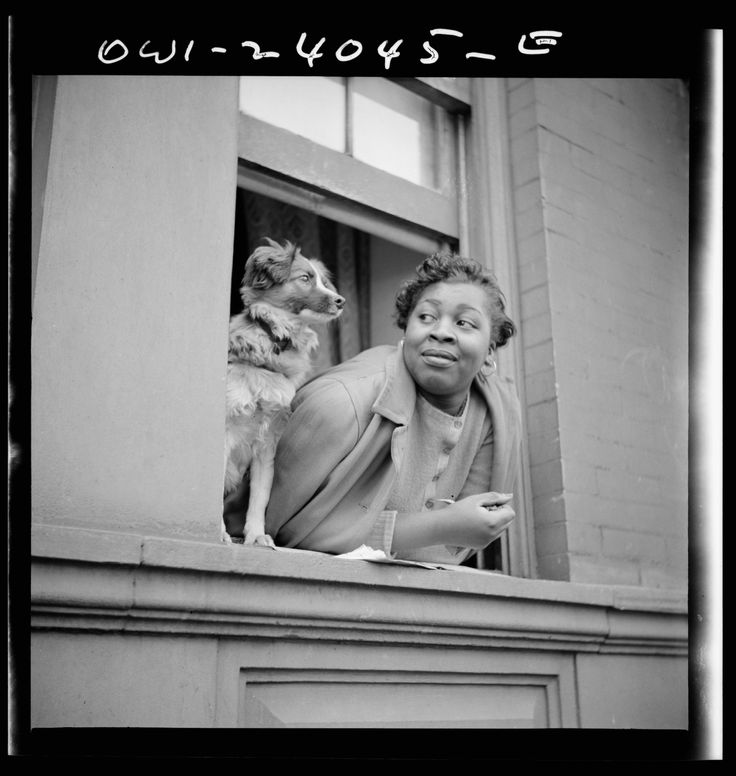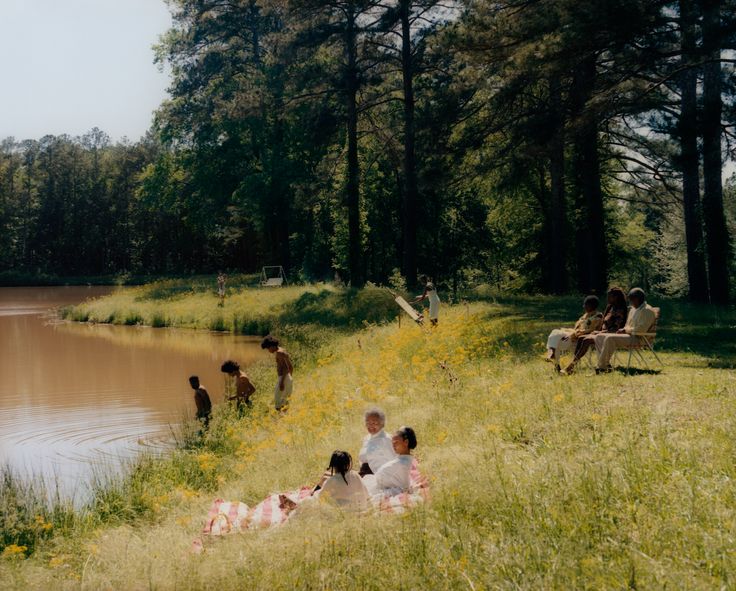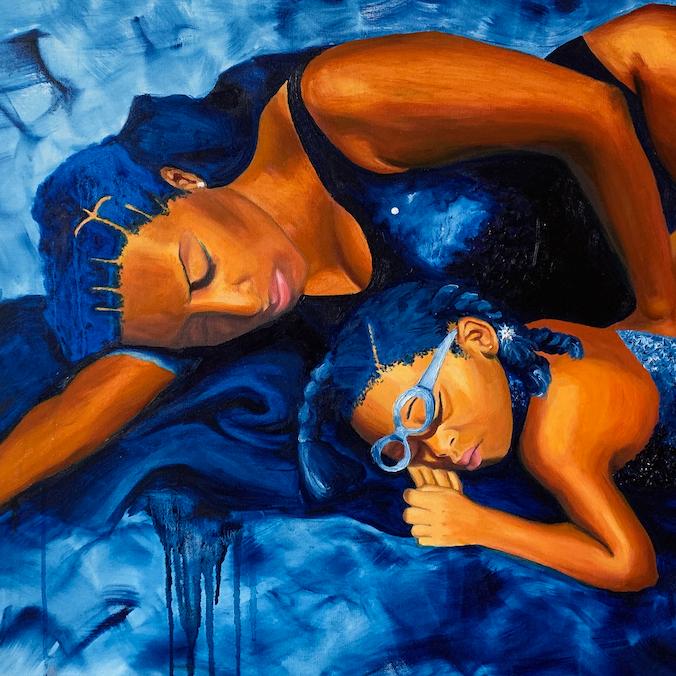When I was growing up, the adults who raised me demonstrated that the right to rest was explicitly reserved for the dead. As I got older, I realized this was not just how my extremely hard-working parents ran their household, but a rigid mindset for so many of us in the Black community.
This is why entering a space that intentionally encouraged me to seek physical and emotional rest felt like a hug. When I visited the “Rest Is Power” exhibit currently on display at New York University, I was invited to reimagine what rest looks like for Black people — and to consider making more space for it in my own life.
The visuals excavated memories of lying on the floor in my great-grandmother’s bedroom as a child, experiencing the type of serenity and security that rarely surface for me as an adult. These reflections that bubbled up also made me question whether I could somehow access that type of peace today. I wondered, is the deprivation I experience all because of a broken system — or am I actually contributing to it?
The show, which features photography, paintings and new media from artists such as Kennedi Carter and Chris Friday, is part of an evolving movement made popular a few years ago by theologist and activist Tricia Hersey, who founded the aptly named Nap Ministry. Her published manifesto “Rest Is Resistance” is a critical literary work that reframed Black people’s relationship with rest as an act of political resistance.

“When you think about the idea that Black people in the diaspora who were strictly brought here for the purposes of labor, radical rest is resting because your ancestors didn’t have the opportunity to,” says Joan Morgan, Ph.D., who is an author, journalist and the program director of NYU’s Center For Black Visual Culture, which hosts the exhibit.
We might just owe it to ourselves — and our ancestors — to recalibrate our routines to include moments of restoration.
Hersey’s book “Rest Is Resistance” and every other Black woman-led component of this movement are pivotal in explaining how health disparities exist across racial demographics. Recent studies show Black people have the highest rates of short sleep due to social factors like noise pollution. This lack of sleep is often associated with an array of negative health outcomes that further prove that the way racism manifests in our society can be both sneaky and persistent.
Morgan points to the rest disparities that trickle all the way down from the transatlantic slave trade. Black people, she explains, have been forced into a value system based on their labor.
“We’re no longer enslaved, but we are all slaves to capitalism in some way, shape, or form, and our racial history complicates that even more,” Morgan said. “And for Black women in particular, our labor has always also been taking care of everybody else.”
I agree that we owe ourselves the devotion we show our loved ones every day — and also that no one can successfully pour from an empty vessel.

Our resistance to rest doesn’t just stem from external harms, though; the aversion to it is also due to generational trauma — and it manifests as both stereotypes and fears.
The racist trope that Black people are lazy, as I observe it, has resulted in a perpetual anxiety that makes us feel like we are not worthy of relaxation. As a kid, even the people I saw work the hardest had very few moments of downtime. And when they did, those moments were often cut short by a laundry list of things they could not get to during the 40-hour workweek.
Black millennials know the sounds and smells of early Saturday and Sunday mornings. We collectively joke online about our parents’ playlist, be it gospel or hip-hop throwbacks, coupled with the pungent smell of cleaning agents meant to signal to everyone in the house that no one would be relaxing in the foreseeable future. As an adult, I still struggle with that curious fear of rest, worried that if I get too much of it, the world will think I’m undeserving of respect and opportunity.
“Rest Is Power” is the beautiful hammer that shatters this fear. Walking into the space immediately brings about a sense of calm, as opposed to the self-consciousness that often drowns people of color in elite art spaces.

Images such as the peacefully napping duo in Kalila Ain’s “My Mother Named Me Beloved” are imbued with the kind of peace that comes with feeling loved and completely protected by a family member. And Tyler Mitchell’s “Riverside Scene,” a landscape image of Black people enjoying downtime at a waterfront, evokes emotions about what it means to be Black and joyfully unproductive.
The collection creates a comforting air void of shameful feelings that creep up when one of us takes a mere moment to do nothing.
We are worth more than the labor we perform. We deserve full, multifaceted lives immersed in moments that allow us to dream and build futures without exploitation and racism.
“The most gratifying thing for me is when people say that they came into the space and just kind of exhaled,” Morgan tells me.
The collection of works eschews depictions of struggle, a common theme in artistic portrayals of the Black experience, for visuals of ease. That, in itself, is revolutionary. You don’t need to be rich or exceptional to rest. You just need to believe that you deserve it.

